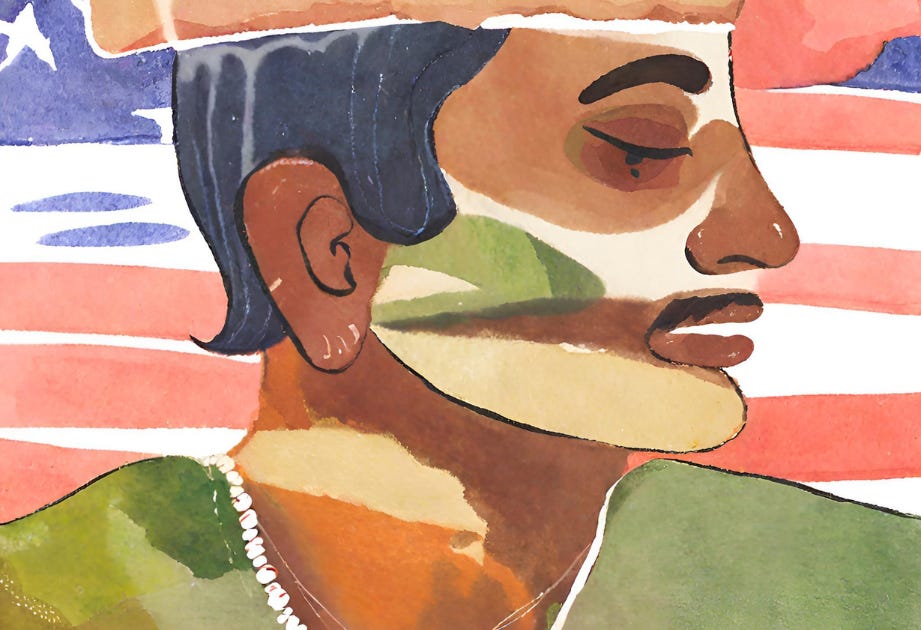How These Men Reimagined Masculinity For Themselves
What messages or expectations are you actively working to let go of as you embrace your own path toward a more genuine and fulfilling life?
Many of us grew up learning what boys and men “should” be like—either through direct messages like “don’t cry” or through the approval of traditionally masculinity activities like contact sports and the disapproval of feminine ones like playing with dolls.
In the interviews I’ve conducted, I’ve noticed a common theme among men who are now working to unlearn these restrictive or unhealthy lessons. Whether it’s through therapy, connecting with others who model a more authentic, healthier way of living, or other avenues, it’s inspiring to see them reimagine masculinity on their own terms.
Here are a few excerpts from those interviews, showing how they are reframing masculinity.
Tahil Sharma
Tahil: Yeah, I received a lot of the typical portrayals of masculinity in my life. I mentioned I grew up in Los Angeles. From a Desi context, the Latino context, the white context, and black context, I received messages on what makes a man a man, which was being strong, not showing emotions, talking about cars, going to the LA Auto Show, enjoying sports, getting hurt was okay, and building a resilience out of a lot of raw emotions.
Suraj: How did receiving those messages about masculinity make you feel?
Tahil: I had to process all of those things differently. I had to understand that it was okay to cry. I had to understand that if I needed to express my frustrations, I need to express them clearly. Not come to a conclusion about a situation or use that energy to drive me towards something physical or something that I might regret doing. I don’t need to raise my voice to get a point across. I don’t need to put myself in a place where the question of who I am as a person solely rides on my gender, as a cisgender person. Getting to turn all of those things around is a big part of an approach to making masculinity a healthier experience.
Kenji Kuramitsu
Kenji: I don’t think I grew up with a really toxic model or version of what masculinity has to be like, but I think I did internalize a lot of scripts about not showing vulnerability. I’ve had to try to unlearn this over the years. Those [Japanese-American] historical and community models have been really meaningful.
Suraj: I really appreciate you sharing more about this. I can see how those [World War II public] hearings served as opportunities for the men and others of that time period to access their emotions. Do you feel like this shifted how messages around masculinity were communicated to you growing up?
Kenji: You know, through my father and grandfather’s love of cooking, their deep connection to their faith, and their tenderness, they were able to model different examples of what masculinities could look like. I think we also had in our family our own version of strictness from the older generations. My grandfather grew up quite traditional, which we had to interrogate and question over time.
Jeevanjot “JJ” Singh Kapur
JJ: Valerie Kaur talks about Chardi Kala, the rising of spirits and eternal optimism in the face of hardship. That would be the beautiful part of the story for Guru Gobind Singh Ji, but also I think there is this hypermasculinity that is woven into the story as Sikh warriors, especially for Sikh boys. In the face of hardship, the story we turn to is Guru Gobind Singh Ji’s. So, there have been many instances in my childhood where I would be crying or upset about something, I’d be reminded a story of Guru Gobind Singh Ji. It would help me deal with that hardship, but not by learning what my emotions were but understanding that negative emotions get in the way of Chardi Kala.
Suraj: How do you reconcile having negative emotions, but wanting to maintain Chardi Kala?
JJ: I’m realizing now that understanding negative emotions like fear or sadness or anger… I don’t think Guru Gobind Singh Ji was suppressing these very real emotions. I think he was in touch with those emotions, so that he was able to deal with the grief in healthy and productive ways. I don’t know Guru Gobind Singh Ji, I suppose this. None of this was taught to me, so I’m discovering it for the first time.
We are all on our own unique journeys of growth, often working to unlearn the deeply ingrained messages that have shaped us—messages that can hold us back, limit our potential, or keep us from living as our most authentic selves. These beliefs may have once been accepted as "normal," but they no longer serve who we truly are or who we want to become. What about you? Are there any messages or expectations you're actively working to let go of as you embrace your own path toward a more genuine and fulfilling life?







